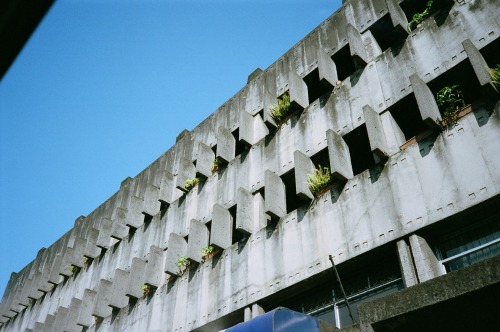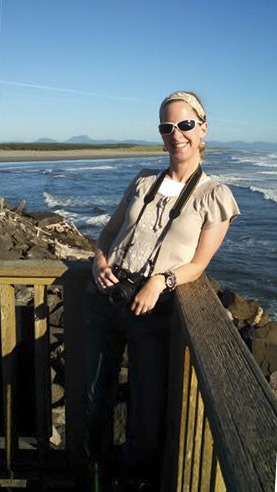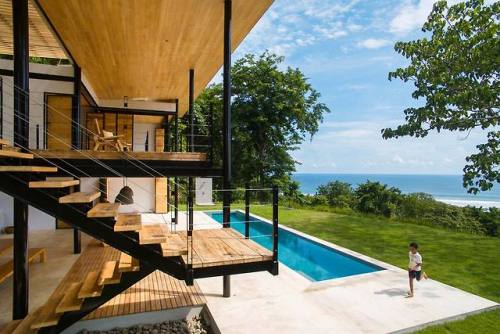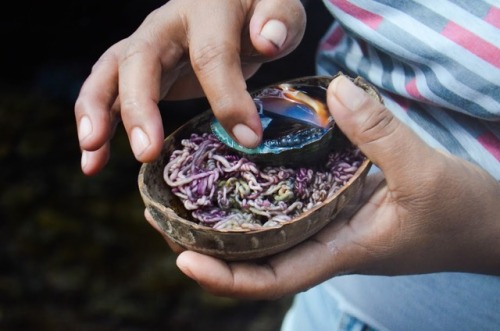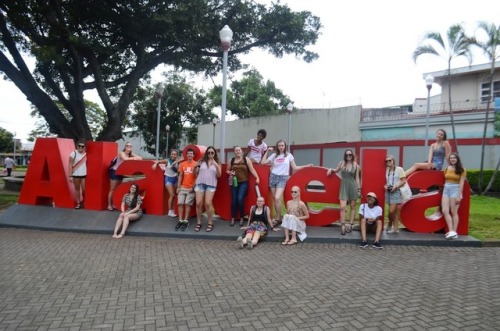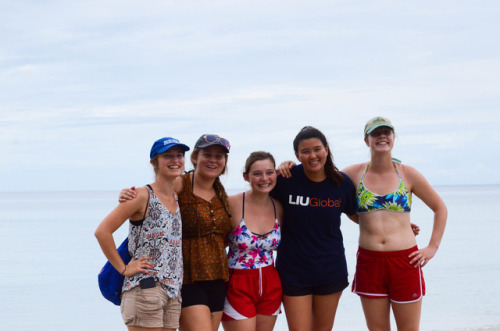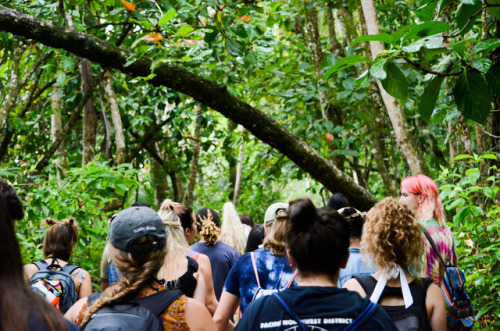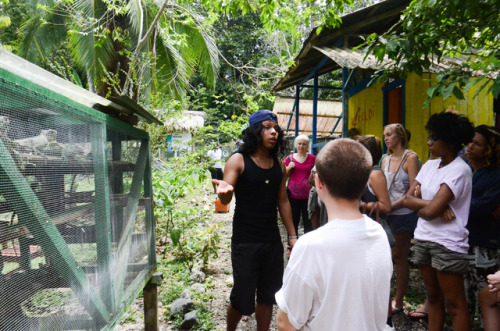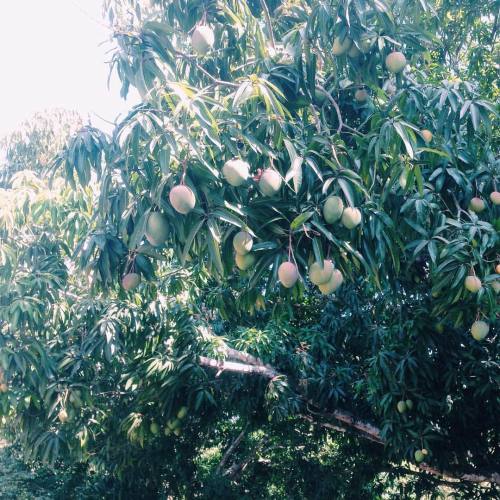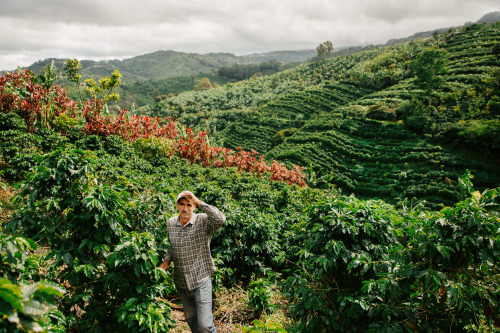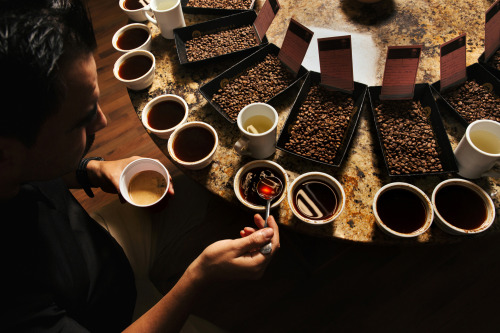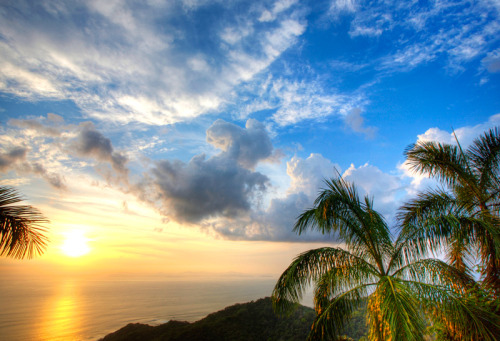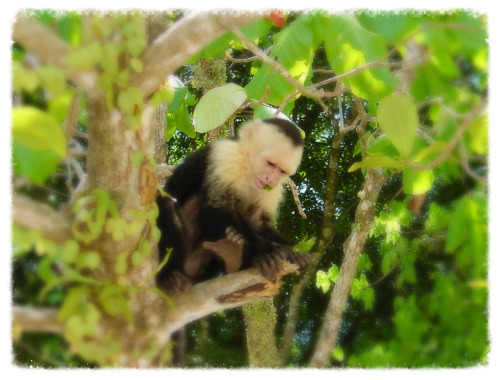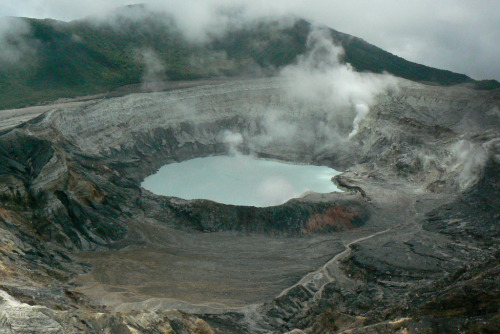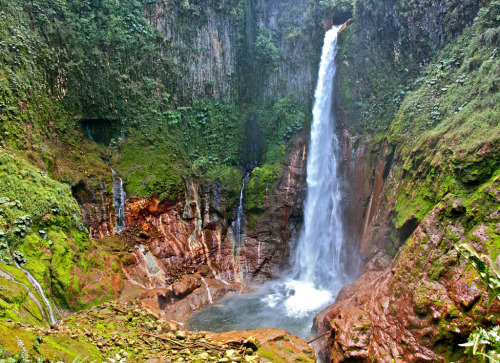#costa rica
QUE CARAJOSSS????
Photo of the Day: The Window
Photo by Salvador Colvée Nebot (Denia, Spain); Costa Rica
The deadline to enter to our 15th Annual Photo Contest is fast approaching! Submit your best shots by November 30 at 5:00 PM EST.
Post link
Diane Kruger
I know you won’t remember these walks and you won’t remember these “talks”, but I hope that you’ll always remember how much you’re loved and how thankful we are to have you in our lives little one and how grateful I’ll always be to @ bigbaldhead to have given me such a wonderful gift and to walk with me hand in hand ♥️ from my family to yours Happy Thanksgiving
Happy Thanksgiving!
Post link
Phame Suarez en bikini (FOTOS)
Phame Suarez
One night in the Summer of 2010, I was in Liberia, Costa Rica visiting a friend. He and I, and one of his friends from home, decided to go on a bit of a road trip to the Pacific coast to see another friend. When we set out it was already dark and I could only really see the illuminated road ahead of the car, and the thick greenery on the side. I was going through some things with my girlfriend at home, and this trip was kind of a break or escape from all of that, and all of the bridges on the road to the coast (there were dozens) seemed like a symbol of the growing up I was doing, the thoughts of what would come next, and the desire to break away from it all. Then this song came on- and it put me in a sort of trance as she asked, “I’m a gypsy- are you coming with me?” Probably annoyingly for everyone, I made my friend put this song on repeat, I slinked back into the chair- looked out the front window, and thought about the weird journey my life had been and would be.
Today, as I was cleaning my apartment and getting ready to leave for the week of work (in Egypt), I put my Ipod on the bed as I organized and packed. This song came on almost immediately, and I thought back to that day in Costa Rica, and all the thoughts of journeying and moving forward in life. It was nice to think of how happy I’m sure the me in 2010 would have been to know where I am now, but it was also interesting to ask the same questions of myself today: “what am I doing?” “where am I going?” and ultimately, “will I go with the gypsy?”
It’s always useful to reflect on things in life- it makes everything seem more important, and helps to guide you over that next bridge, onto the next path to where / who you want to be. I’m always happy to have songs to help me do this.
North Bend teacher gets fellowship to study sea turtles in Costa Rica
Katrina Alegado, an eighth grade science teacher at Twin Falls Middle School, has been accepted into Ecology Project International’s Marine Education Fellowship in Costa Rica, April 18 to 25.
Post link
The dance of the Devils
by Kendall Shanks
The weekend of January 28 was time for special celebration in the indigenous community of Boruca. The LIU Global Class of 2021 was invited to watch the “Dance of the Devils,” a ceremonial reenactment of the colonization of the Boruca people by the Spaniards. After a windy drive of nearly six hours through the lush mountains of Puntarenas, Costa Rica’s Southwestern-most province, we took the final eight-kilometer bumpy ride in the mountains to the Boruca community.
On the way to Boruca we were given a brief explanation of the ceremony and the other traditional activities were going to experience, including the milking of shells for purple dye and the creation of traditional art pieces.
We arrived just after sundown and were greeted with smiling faces and plates full of rice and beans. Margarita, a Boruca community leader, welcomed us and we were split into different houses, each group staying with a community member. After we were told breakfast time was a sharp 6:30, we made our way to bed to catch up on some sleep.
The many roosters, dogs, and other various animals in the area had a different idea.
We caught a couple Z’s, saw a couple bugs, and heard the rooster bright and early…all night long. All hope was not lost! After a quick breakfast we headed two hours to Playa Ventana and were able to get a little sleep on the way.
Playa Ventana is a beautiful beach characterized by hiding tides, rocky beaches and rocky cliffs in the distance. As we sat in the early morning sun, Margarita shared with us the steps to extract purple dye from shells. There are certain shells that cling to the cliffs in the distance. The shells secrete a liquid that appears greenish-white until it comes in contact with fabric or cotton when it turns a vibrant purple color. Margarita explained why although it is a difficult process to extract the color, it is important to her to pass on the traditional to younger Boruca members to keep the Boruca culture alive.
After a few hours of free time on the beautiful beach, we followed Boruca members on a small hike up the forested cliffs in search of the shells. Finding over a half a dozen shells, we made our way back down the beautiful cliff, of course after we snapped countless photos, in search of another beach.

We made the trip to Playa Uva, a spot known for its beautiful caves. We grabbed a few coconuts under the palm trees before soaking up our last rays for the day.
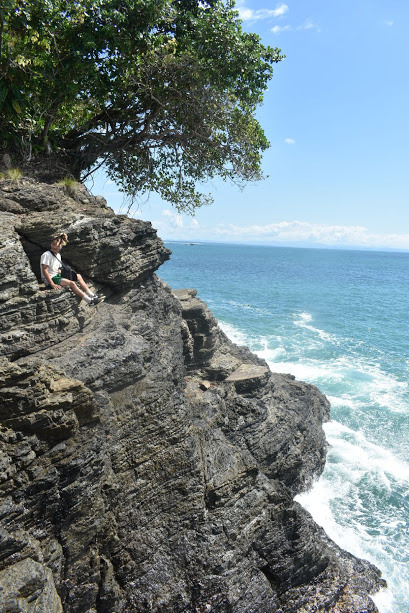
We headed to a little house a few kilometers from Boruca and Margarita introduced us to a family friend. He showed us traditional dye may from fruits used for temporary tattooing, similar to henna. While we waited in anticipation for the start of the “Dance of the Devils” ceremony, we took turns painting each other with fun designs.
And then we heard the chanting! A stream of Boruca people adorned with colorful masks chanted as a man in a bull costume, representative of the Spaniards, tried feverishly to knock over the masked warriors. After nearly half an hour of this back and forth, the masked Boruca chased off the bull and headed to another location to celebrate the night’s festivities. This retelling of the colonization of indigenous people with the Boruca winning the battle is one way the people of Boruca hold on the legacy and strength of a culture that predates the colonization of the Americas.
As we took the bumpy path back into the mountains, we were lured with promises of a campfire and Boruca legends. Margarita did not fail us. With bellies full of rice, hearts of palm, and the best plantain ceviche around, we were told of the legend of the Boruca waterfalls. After a long day of adventuring, we went to bed early again, prepared to travel home the next day.
The Boruca community sent us off with bellies full of fruit, but not before taking us to the waterfalls of the previous night’s legend. Because it is a sacred area, it is only respectful to visit the cascades with a member of the tribe, so we followed along as we started another adventure.
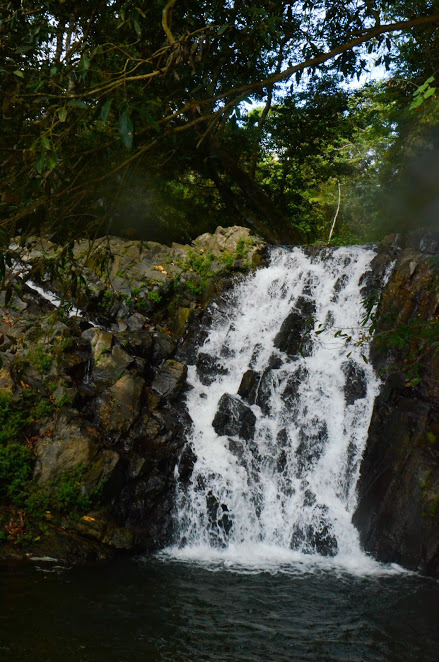
We took the tiring trip back to Costa Rica’s Central Valley with a full belly, full hearts, and enough stories to last a lifetime.
Post link
Freshman Year
by Sara Crouch
The first semester of LIU Global can be defined in one word, “adjustment”.
Like all new college students, we had to adjust to being in college, separated from our families, and being fully responsible for ourselves for the first time.
We have had to learn to balance a load of three-hour classes during the week and our personal time. While other college Freshmen go through similar adjustments, we have the added factor of adapting to a new country at the same time - a Spanish speaking country.
We were thousands of miles from home adjusting to our unique experiential college environment together. We learned how to balance our coursework and our fun time in creative ways, doing homework on planes, trains, buses and at weekend hostel stays. We figured out how to learn in the classroom, in the field and in our daily lives. We adapted to constant rice and beans, to throwing our toilet paper in the trash can and overall a brand new reality. We faced a new climate, a new social dynamic, a new diet, and a new culture while adjusting to a new peer group. We found our place within that group through class debates, field trips to other places, weekend adventures and everyday conversations. We discovered how to be together all the time - how to use our small class size as an opportunity to bond deeper with one another.
We adjusted to a new way of life, a new program, a new group, a new culture and a new sense of ourselves. These were large, seemingly overwhelming adjustments, but each of us accomplished them by relying on each other, the program and our own merits. And now that we’ve all adjusted, we are ready to tackle a new semester and new adventures.
Post link
Limón
by Sara Crouch
One of the main elements of LIU Global that sets it apart from other universities is the opportunity for students to travel and interact with the cultures and educational principles they’re learning about. As students, we are able to visit the very places we are studying - to go into the actual environment of our subjects, whether it be a city, a jungle, a farm, a university or a village. We go where the issues are - where the solutions are being made - and learn from our experiences while there. This is the experiential learning aspect of LIU Global that makes it completely separate from other universities in the world.
Recently, the Class of 2021 underwent our very first experiential learning excursion to the province of Limon. While in Limon, all of our activities were focused on learning about the history, culture, and environment of Limon. Though we had a few interesting lectures from guest speakers about the topics of Creole language, women’s roles, environmental policy, the culture of Limón and local park maintenance, the majority of our time was spent out in Limón, learning about this province by experiencing it. Instead of reading about the Port of Limón, the most important in the nation of Costa Rica, in a textbook, we took a tour of the city and learned its history. To learn the perspective of local people of Limón, we talked to a local Limonese, including a local Puerto Viejo restaurant owner who happened to be a former Congressman from Costa Rica.
In fact, Edwin Patterson, the local restaurant owner, left quite an impression on many students. As For example, Nina Khorey, a freshman of the Class of 2021 from Pennsylvania, says, “my favorite speaker was the restaurant owner because I didn’t feel like it was a lecture - it just felt like him giving us some pretty cool advice about life…And I think also that’s what the value of going with an organized program is - that they can introduce you to people like him, the local restaurant owner, that you wouldn’t have maybe known about on your own.” Patterson isn’t the only contact of LIU Global that we wouldn’t have known about – Finca Tierra, an agro-ecological farm near Puerto Viejo, is another example of the advantage of studying with Global. We went to this farm, which was not a small feat as we had to walk up a very large hill in the mud of the rainy jungle, and heard the story of its creation and current projects from its owners.
Our class learned about the environment of Limón and its white sand beach of Cahuita by going to Cahuita National Park and listening to a local park ranger there. We learned about the diversity of animal life in Costa Rica by going to the local Jaguar Research Center and hearing from its experts. Our discussion of indigenous issues in Limon and Costa Rica, in general, took place within the Kelondi Indigenous Reserve in which we listened to the stories of this groups’ leaders and toured their iguana reintroduction and repopulation program. Perhaps you notice a theme within these activities – with LIU Global experiential learning, we learn by going to the environments of our subjects and learn from our experiences there. With Global, it’s about going to the root of a topic to study it.
For our Class of 2021, the Limon trip was crucial to our study of Limonese culture and environment. As Alona Anerson, a freshman from Portland, Oregon, says, “the Limon trip was a great manifestation of experiential learning and that this really pushed our knowledge further than in relation to the classroom. My favorite example of this is when we actively went into the indigenous community and just listened to them talk about how they live.” Experiential learning trips with Global are not only about lectures and tours, however, but also interaction. One of the favorite activities of our Limon trip was the opportunity to work with Rhythm Nation and learn Calypso, African, and Dance Hall dance. This dance class, in the words of Kendall Shanks, a current freshman class representative, “provided a nice break from the lectures, and learning the history and cultural significance of the music and dance made the experience that much more interesting.” These types of performances and interactions with the surrounding culture are a fundamental part of these experiential trips.
Not everything about these trips is serious, however. During our time in Limon, we also created many stories and a lot of laughter. One of my favorite memories from this trip was when we were touring the beautiful Cahuita National Park and we saw the cutest trio of raccoons and their mother. As the mother was scavenging for food for her babies across our trail, Marcello, the Global Studies professor of our Environmental portion of the class, stuck out his fingers to her. Mama Raccoon didn’t really like this and actually ended up almost biting Marcello’s fingers off, resulting in a fabulous photo of a very angry mommy raccoon. Raccoons were not the only critters we saw in Limon though. In fact, before we even reached the Port of Limon, we spotted two sloths in the trees next to the road. We then pulled off to the side of the road to gawk and take pictures of these sloths. The awed and joyous photos of students were hilarious as they saw these sloths as meanwhile other Costa Ricans drove by us, shaking their head at the crazy Americans. I do have to say though that my best memory from Limon was the end of the Rhythm Nation dance workshops. Once all of our dancing was done, each of the dancers from this organization came around and hugged each and every one of us students. This moment is one that will stay in my heart forever because it showed the bond we created with Rhythm Nation during our dance class, as well as our bond with Limon. It was a beautiful moment that I do believe will stay in our memories forever. Another lasting memory will be our experience with Hurricane Nate which, during our stay in Limon, hit all of Costa Rica except Limon. As we watched the rest of the country experience flash floods and alligators in the streets, we saw no rain and had to stay an extra night in Limon due to far away from closed highways.
Each student had a very unique experience while in Limon, with individual experiences and memories. Kendall Shanks felt that “the Limon trip was truly one of the most incredible, experiential activities I’ve ever done. Hearing how the same issues of land rights, environmental protection, and sustainability were handled from multiple levels and perspectives was an integral part of the learning experience…I learned about topics I never would have been introduced to otherwise: sustainable permaculture, iguana farming, and development of Creole languages.” Hannah Weinz, another member of the Class of 2021, says that she “really enjoyed the field trip to Limon because I felt it was educational both in and outside of the classroom. I learned about the unique perspective of the Afro-Limonese descendants in the rest of Costa Rica and the Costa Rican government. I also learned about everything that was taken away from the indigenous people of Limon and how they chose to contribute to the land by reintroducing the iguana population. I felt bad about all the injustices the indigenous and Afro-descendants had to face but found it inspiring how they persevered.” Another anonymous student says that she “had an amazing time in Limon. I thought that everywhere we went was so beautiful, so colorful, and had such a Caribbean feel. It was really great to read about the history of Limon and the UFC and then actually see the buildings and places that held those events. I learned a lot about the history of Limon, the present issues of Limon, and the stigma that the rest of Costa Rica has of Limon.”
Personally, I felt that the Limon trip reaffirmed my belief in this program as the right place for me. The ability to actually interact with the material I was learning about in the classroom, about the United Fruit Company and Limonese culture and environmental systems, by going to their original places broadened my understanding of these topics and better connected me to their real-world value. The activities that impacted me the most were those that involved interaction with local peoples and thus connected me further to the environment. These experiences included the Kelondi indigenous community, our dance class with Rhythm Nation, our visits to Cahuita National Park and Finca Tierra.
As you can see, different experiences stuck with each student, but each one of us felt that our trip to Limon advanced our learning and was an amazing opportunity. I predict that this will continue to be our outlook on all of our experiential trips with LIU Global. Experience and interaction will continue to advance our studies and cultural understanding - which is the very purpose of the experiential learning aspect of LIU Global’s curriculum.
Post link
Look up look up look up
AbunDANCE (at Puerta A La Vida, Miramar Costa Rica)
@smoothblender instagram for more fruity adventures <3
Post link
DRAMA * TRINIDAD & TOBAGO * BARBADOS * COSTA RICA
DRAMA * TRINIDAD & TOBAGO * BARBADOS * COSTA RICA
WATCH HERE
Grab a snack, this is a long private jet flight attendant vlog! I had bugs in my layover hotel, catering orders that went wrong, power outages & more. Thanks for all of your input on keeping this vlog long or splitting it up into two flight attendant vlogs. Please leave me a thumbs up and thank you for watching!In this vlog I fly to Panama for an overnight, have a few hours in…

Un proyecto cortometraje/ documental a nivel latino busca dar a conocer historias de madres que hayan perdido a sus hijas debido al aborto clandestino. Amigas, sobrinas, hermanas, primas, novias o quién sea que conozca la historia de alguien que quiso decidir sobre su cuerpo y hoy sienten su ausencia.
Sí conocen a alguien que no quiera callar más, que esté hartx de ser llamadx locx, histericx o asesinx y quiera contar lo que alguna chica ya no pudo puede escribirme a este blog o a Instagram @ts.priscila en cualquier parte de Latinoamérica, y a quien quiera aportar algo a este proyecto de cualquier forma.
Gracias por difundir
Playa Herradura sunset
Another Pacific sunset, this one taken in Playa Herradura, one of the country’s most popular tourist draws, located an hour west of San Jose.
Photo: Andrew Morrell
Post link
Monteverde Cloud Forest Reserve
Near the town of the same name, in the Tilarán Mountains, this reserve protects a 26,000-acre tract of virgin rainforest consisting of six different eco zones and tremendous biodiversity.
Photo: Thomas Frost Jensen
Post link
White-headed capuchin
This is one of four species of monkey native to Costa Rica and probably the easiest to spot. It can make its home in pretty much any type of tropical forest.
Photo: Gloria Manna
Post link
Poas Volcano
A good 3,000 feet taller than Arenal is Volcán Poás, another active volcano in central Costa Rica. It has erupted 39 times since 1828 and has dual crater lakes near the summit.
Photo: Apetitu
Post link
Sunset over Manuel Antonio
On the central Pacific coast near Quepos, this is the sunset view from Buena Vista Villas & Casas, in Manuel Antonio National Park.
Photo: kansasphoto
Post link
Catarata del Toro
Just north of San Jose, this waterfall plunges from a hole in the cliff face 300 feet to the bottom of an extinct volcanic crater.
Photo: Steve Jurvetson
Post link
Vibrant butterfly
A large chunk of Costa Rica’s biodiversity is made up by its 300,000+ species of insects, which include 1,250 butterfly species—10% of the world’s total.
Post link




